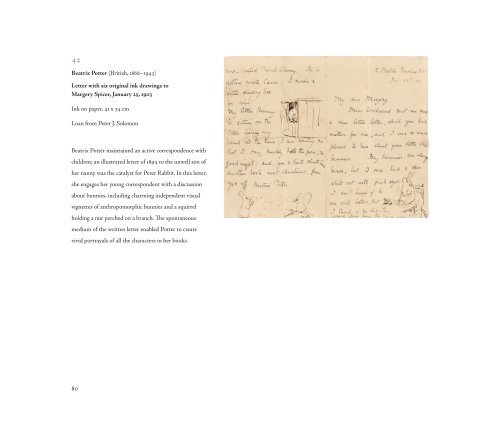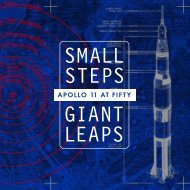Animals Are Us: Anthropomorphism in Children’s Literature; Celebrating the Peter J. Solomon Collection
Why do we tell stories to children through and about animals? Are there reasons why we shouldn’t? Animals Are Us invites explores these questions and more through influential historic examples of anthropomorphism in dialogue with contemporary books drawn from the collection of Peter J. Solomon (Harvard College Class of 1960, MBA 1963) and the holdings of Houghton Library. The exhibition invites you to engage critically with animal anthropomorphism, and delight in the artfulness of this enduring literary genre. Catalog of an exhibition on view at Houghton Library, Harvard University, September 1, 2021 - January 7, 2022.
Why do we tell stories to children through and about animals? Are there reasons why we shouldn’t? Animals Are Us invites explores these questions and more through influential historic examples of anthropomorphism in dialogue with contemporary books drawn from the collection of Peter J. Solomon (Harvard College Class of 1960, MBA 1963) and the holdings of Houghton Library. The exhibition invites you to engage critically with animal anthropomorphism, and delight in the artfulness of this enduring literary genre.
Catalog of an exhibition on view at Houghton Library, Harvard University, September 1, 2021 - January 7, 2022.
You also want an ePaper? Increase the reach of your titles
YUMPU automatically turns print PDFs into web optimized ePapers that Google loves.
42<br />
Beatrix Potter (British, 1866–1943)<br />
Letter with six orig<strong>in</strong>al <strong>in</strong>k draw<strong>in</strong>gs to<br />
Margery Spicer, January 25, 1903<br />
Ink on paper, 41 x 34 cm<br />
Loan from <strong>Peter</strong> J. <strong>Solomon</strong><br />
Beatrix Potter ma<strong>in</strong>ta<strong>in</strong>ed an active correspondence with<br />
children; an illustrated letter of 1894 to <strong>the</strong> unwell son of<br />
her nanny was <strong>the</strong> catalyst for <strong>Peter</strong> Rabbit. In this letter,<br />
she engages her young correspondent with a discussion<br />
about bunnies, <strong>in</strong>clud<strong>in</strong>g charm<strong>in</strong>g <strong>in</strong>dependent visual<br />
vignettes of anthropomorphic bunnies and a squirrel<br />
hold<strong>in</strong>g a nut perched on a branch. The spontaneous<br />
medium of <strong>the</strong> written letter enabled Potter to create<br />
vivid portrayals of all <strong>the</strong> characters <strong>in</strong> her books.<br />
80



